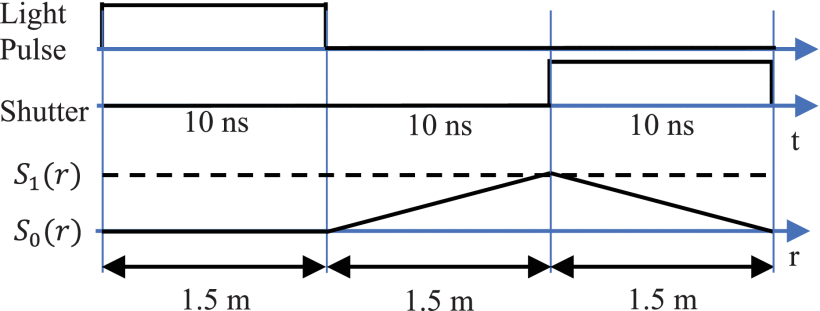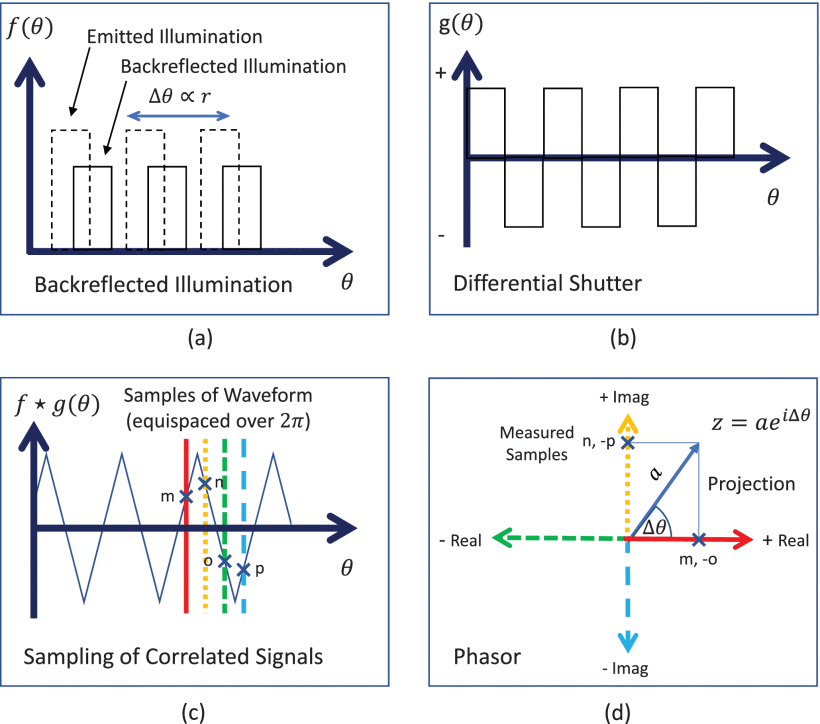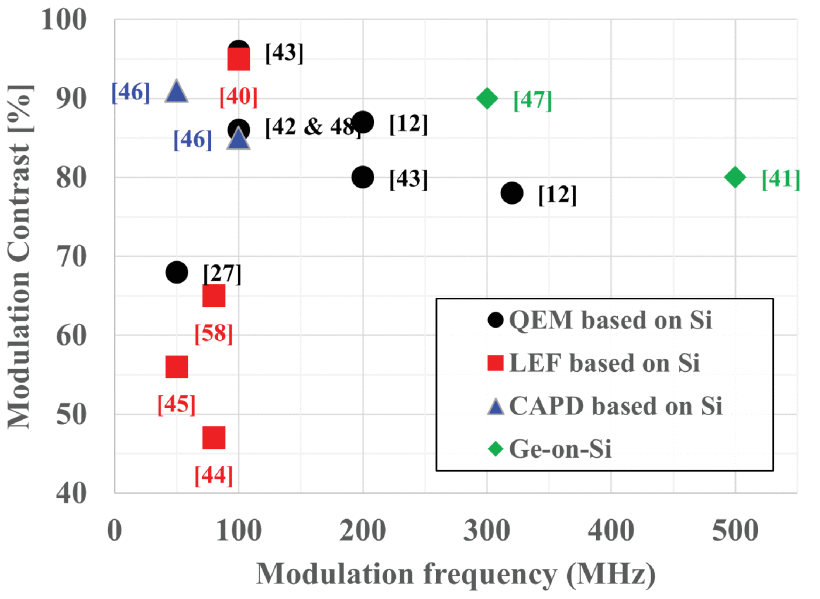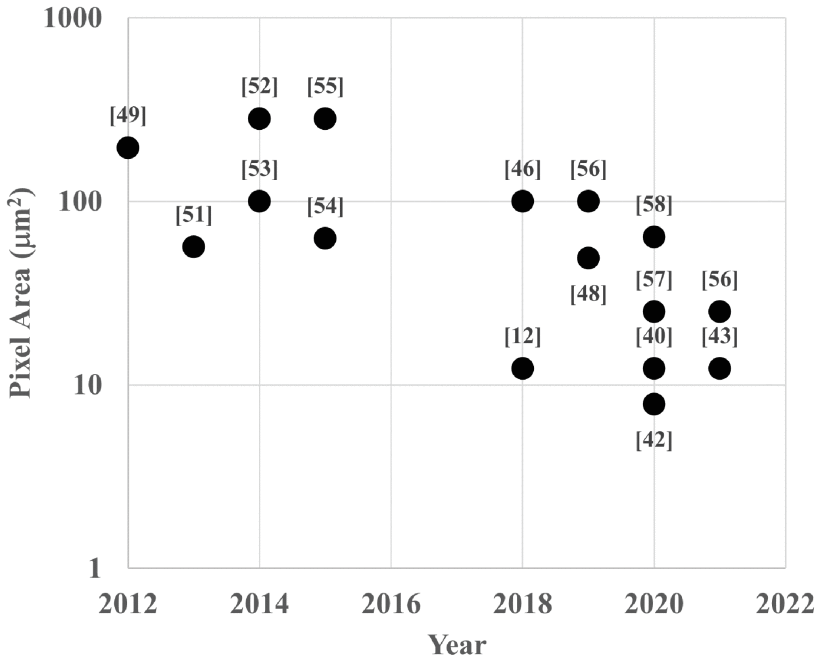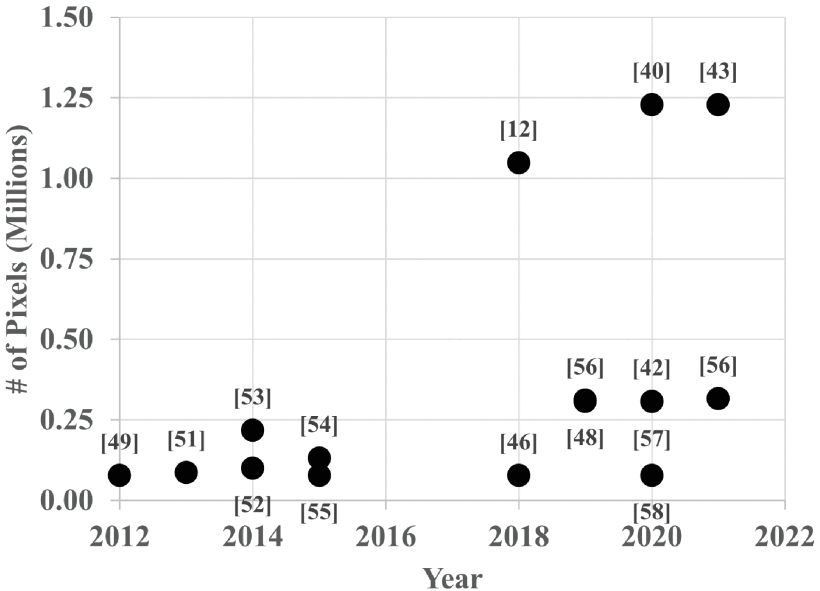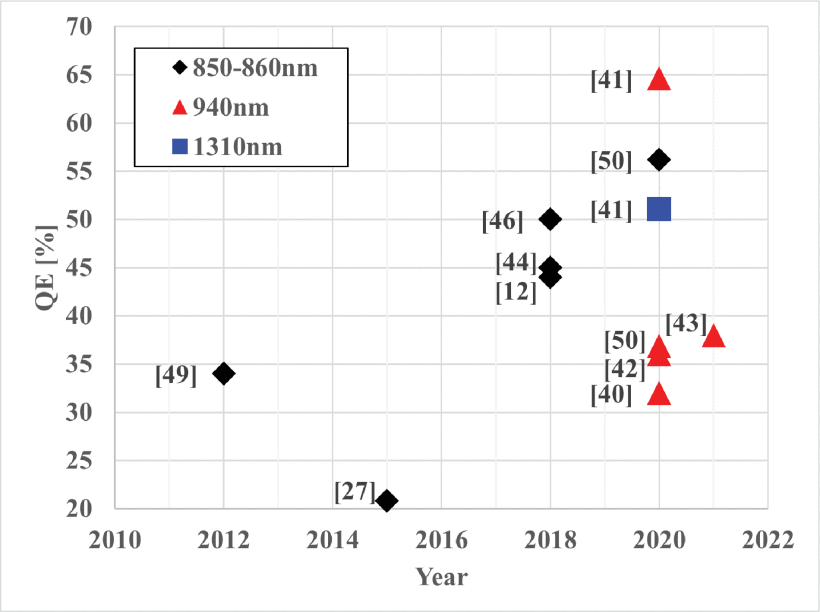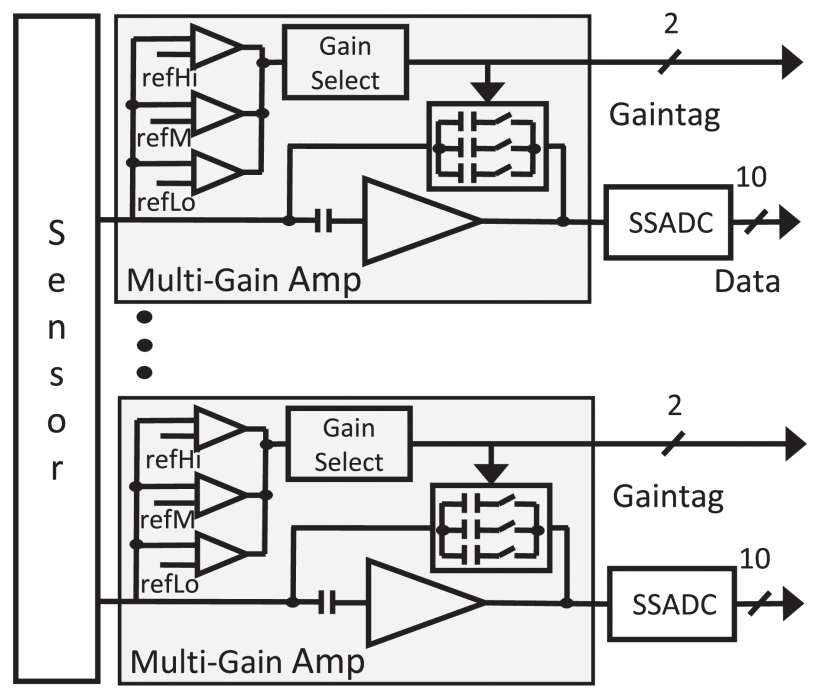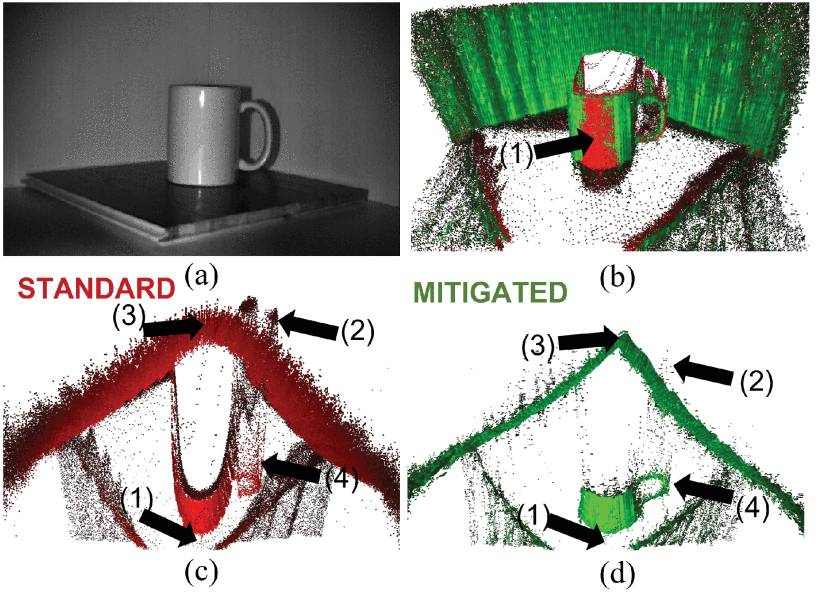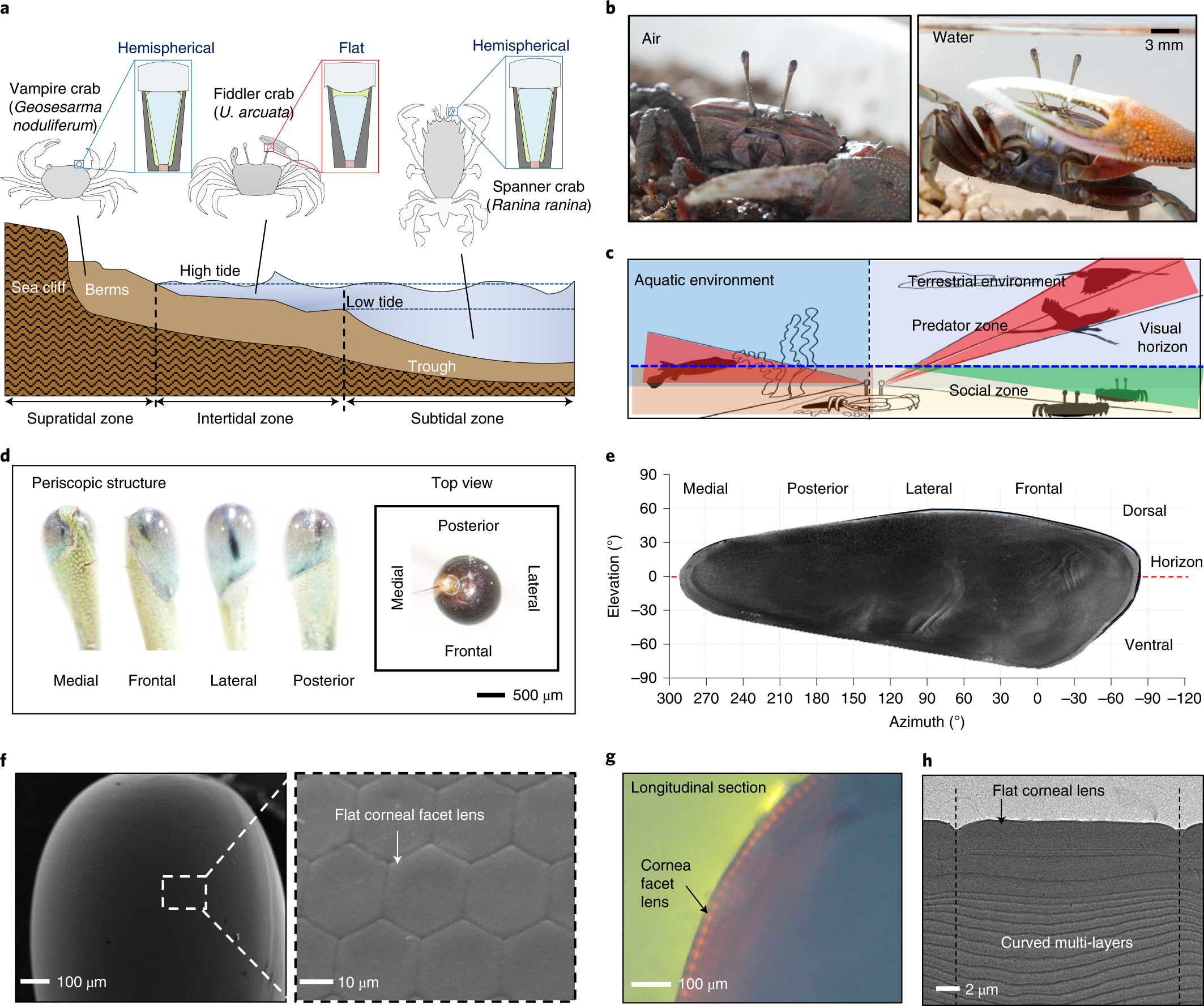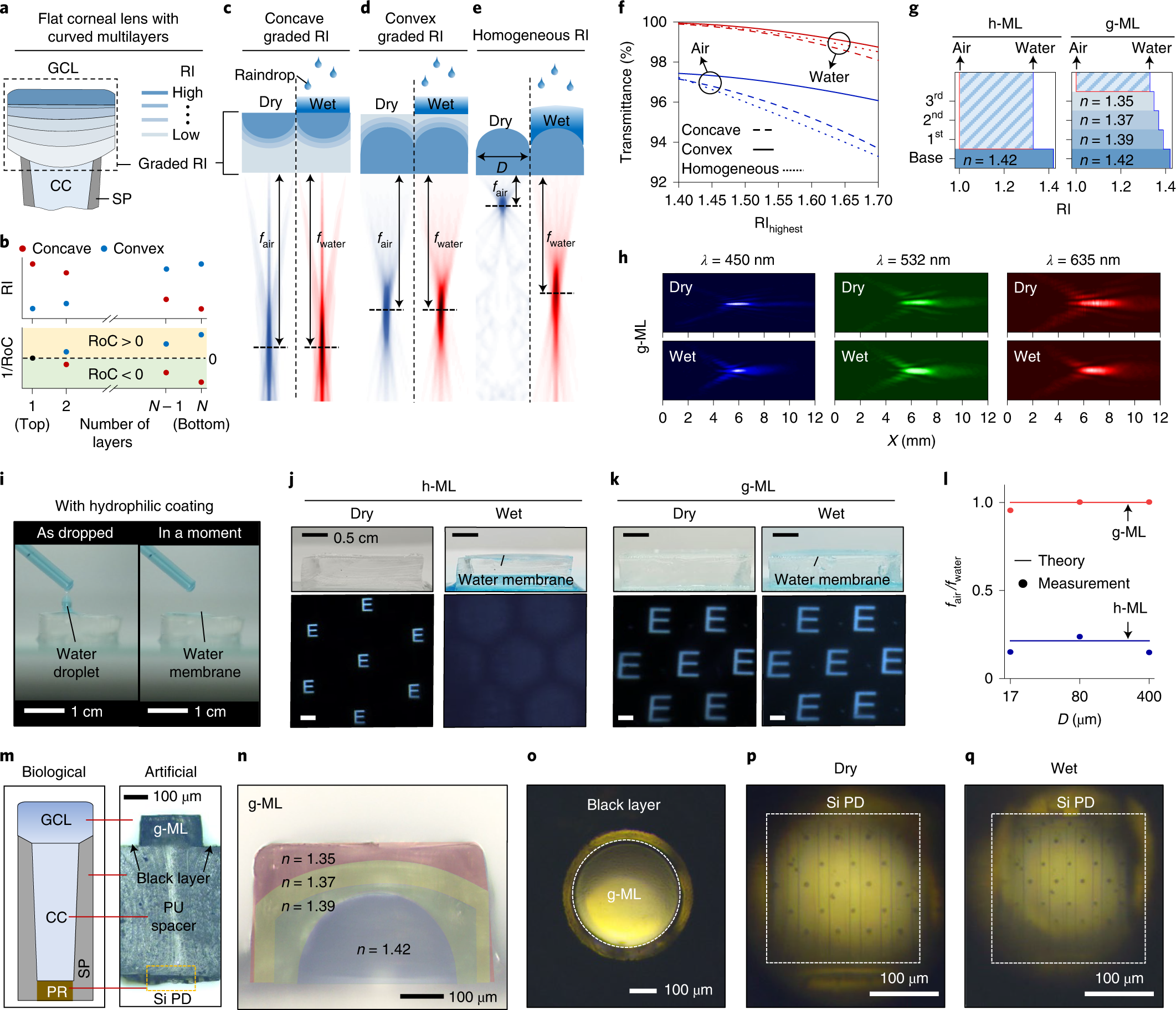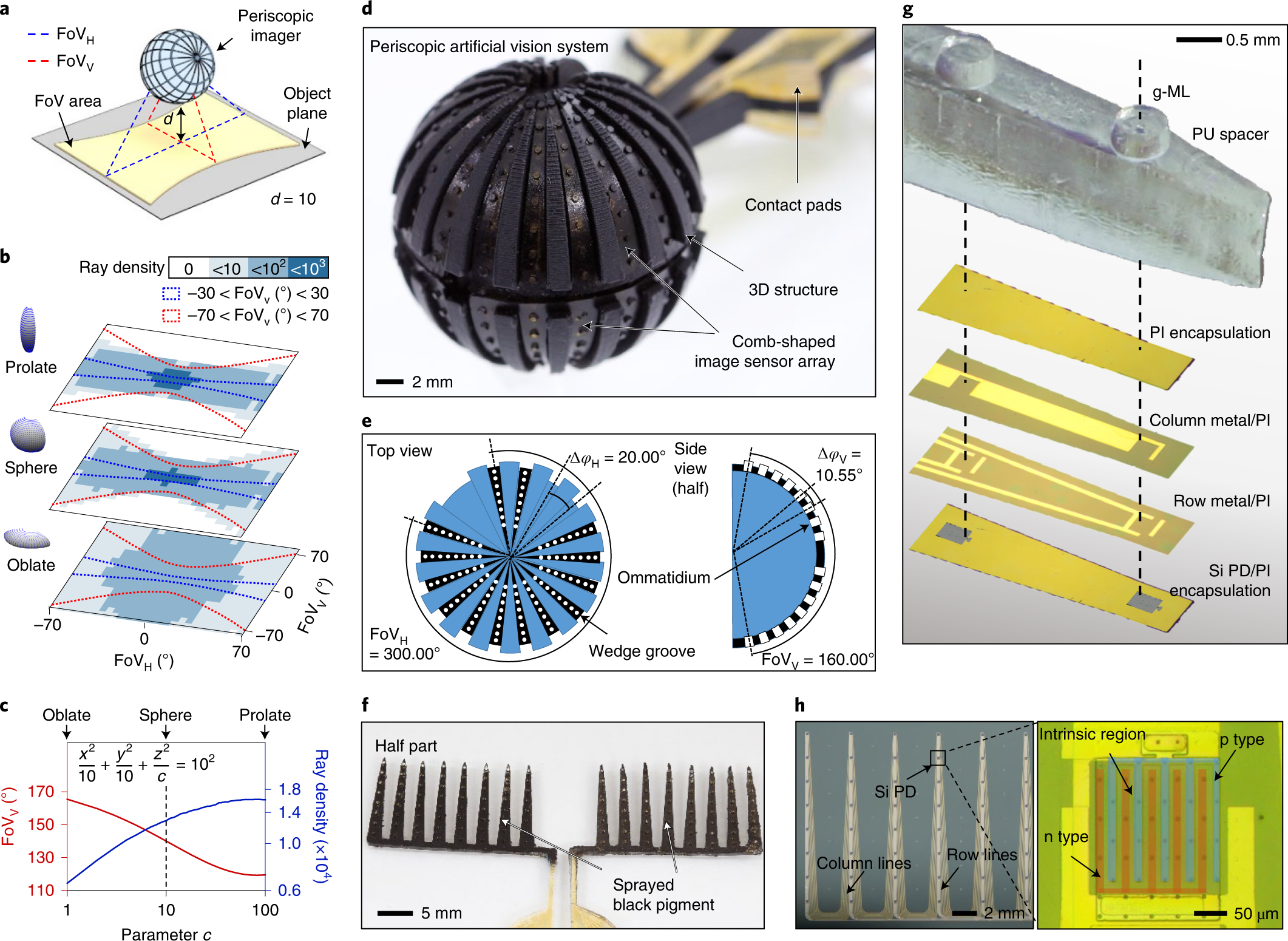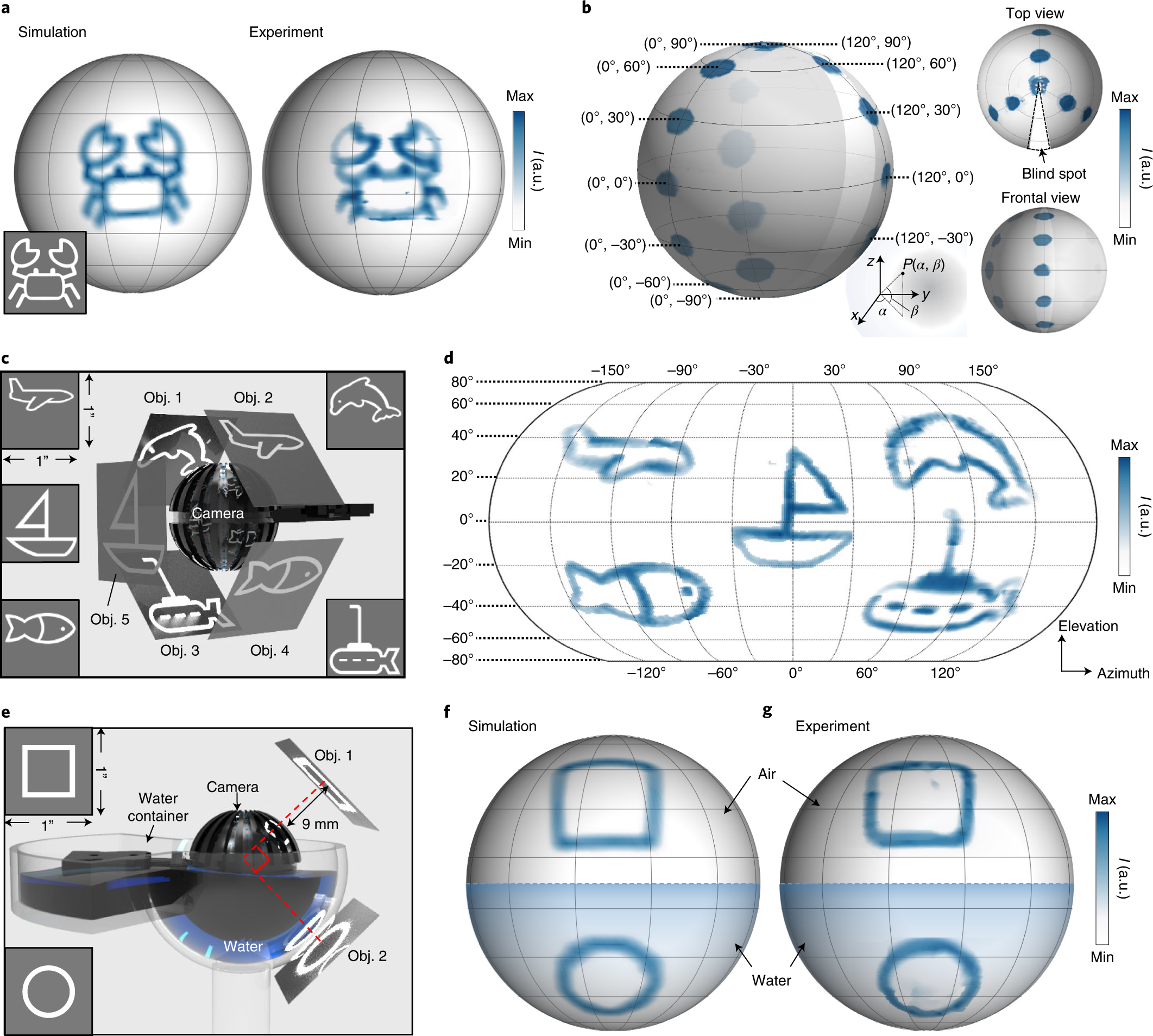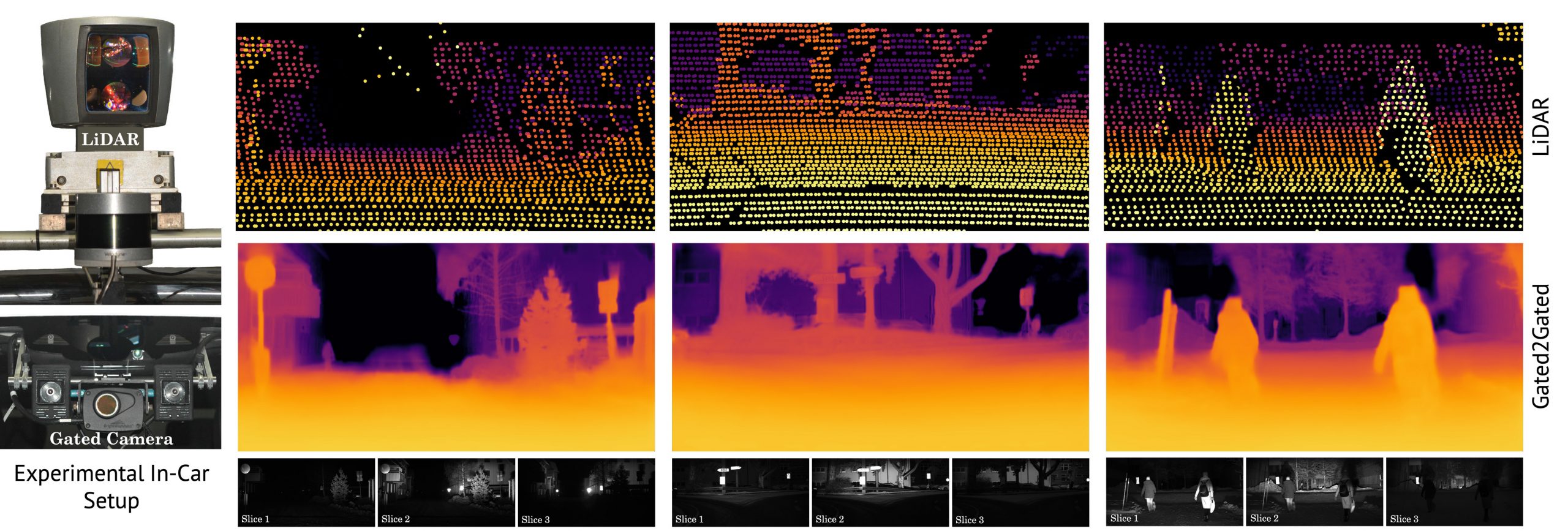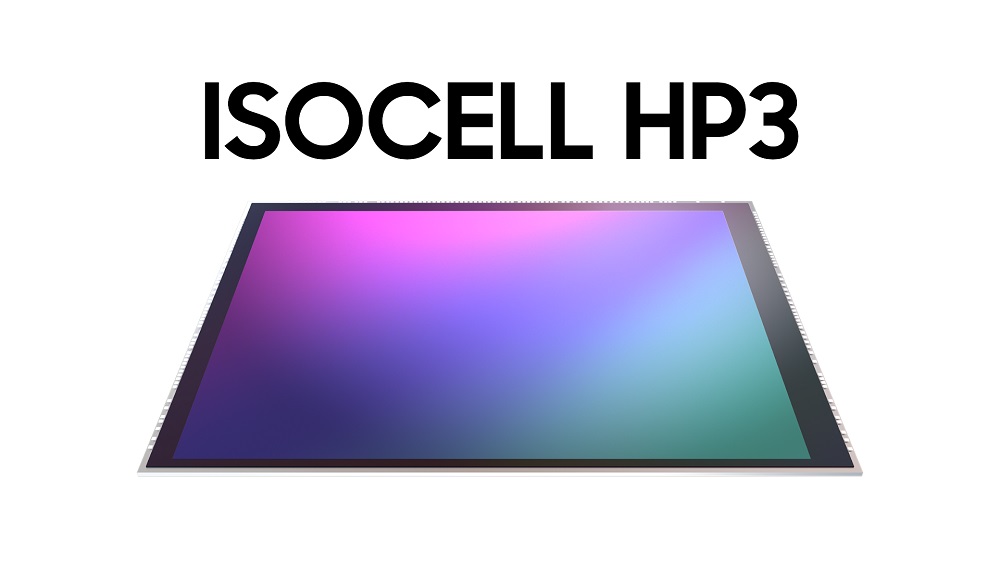You can watch them for free, no registration required. You can also use the live stream to ask the presenting author questions.
Cindy Nguyen (Stanford University); Julien N. P. Martel (Stanford University); Gordon Wetzstein (Stanford University)
#43: MantissaCam: Learning Snapshot High-dynamic-range Imaging with Perceptually-based In-pixel Irradiance Encoding
Haley M So (Stanford University); Julien N. P. Martel (Stanford University); Piotr Dudek (School of Electrical and Electronic Engineering, The University of Manchester, UK); Gordon Wetzstein (Stanford University)
#47: Rethinking Learning-based Demosaicing, Denoising, and Super-Resolution Pipeline
Guocheng Qian (KAUST); Yuanhao Wang (KAUST); Jinjin Gu (The University of Sydney); Chao Dong (SIAT); Wolfgang Heidrich (KAUST); Bernard Ghanem (KAUST); Jimmy Ren (SenseTime Research; Qing Yuan Research Institute, Shanghai Jiao Tong University)
#54: Physics vs. Learned Priors: Rethinking Camera and Algorithm Design for Task-Specific Imaging
Tzofi M Klinghoffer (Massachusetts Institute of Technology); Siddharth Somasundaram (Massachusetts Institute of Technology); Kushagra Tiwary (Massachusetts Institute of Technology); Ramesh Raskar (Massachusetts Institute of Technology)
#6: Analyzing phase masks for wide etendue holographic displays
Sagi Monin (Technion – Israel Institute of Technology); Aswin Sankaranarayanan (Carnegie Mellon University); Anat Levin (Technion)
#7: Wide etendue displays with a logarithmic tilting cascade
Sagi Monin (Technion – Israel Institute of Technology); Aswin Sankaranarayanan (Carnegie Mellon University); Anat Levin (Technion)
#65: Towards Mixed-State Coded Diffraction Imaging
Benjamin Attal (Carnegie Mellon University); Matthew O’Toole (Carnegie Mellon University)
#19: A Two-Level Auto-Encoder for Distributed Stereo Coding
Yuval Harel (Tel Aviv University); Shai Avidan (Tel Aviv University)
#35: First Arrival Differential LiDAR
Tianyi Zhang (Rice University); Akshat Dave (Rice University); Ashok Veeraraghavan (Rice University); Mel J White (Cornell); Shahaboddin Ghajari (Cornell University); Alyosha C Molnar (Cornell University); Ankit Raghuram (Rice University)
#46: PS2F: Polarized Spiral PSF for single-shot 3D sensing
Bhargav Ghanekar (Rice University); Vishwanath Saragadam (Rice University); Dushyant Mehra (Rice University); Anna-Karin Gustavsson (Rice University); Aswin Sankaranarayanan (Carnegie Mellon University); Ashok Veeraraghavan (Rice University)
#56: Double Your Corners, Double Your Fun: The Doorway Camera
William Krska (Boston University); Sheila Seidel (Boston University); Charles Saunders (Boston University); Robinson Czajkowski (University of South Florida); Christopher Yu (Charles Stark Draper Laboratory); John Murray-Bruce (University of South Florida); Vivek K Goyal (Boston University)
#8: Variable Imaging Projection Cloud Scattering Tomography
Roi Ronen (Technion); Schechner Yoav (Technion); Vadim Holodovsky (Technion)
#31: DIY hyperspectral imaging via polarization-induced spectral filters
Katherine Salesin (Dartmouth College); Dario R Seyb (Dartmouth College); Sarah Friday (Dartmouth College); Wojciech Jarosz (Dartmouth College)
#57: Wide-Angle Light Fields
Michael De Zeeuw (Carnegie Mellon University); Aswin Sankaranarayanan (Carnegie Mellon University)
#55: Computational Imaging using Ultrasonically-Sculpted Virtual Lenses
Hossein Baktash (Carnegie Mellon University); Yash Belhe (University of California, San Diego); Matteo Scopelliti (Carnegie Mellon University); Yi Hua (Carnegie Mellon University); Aswin Sankaranarayanan (Carnegie Mellon University); Maysamreza Chamanzar (Carnegie Mellon University)
#38: Dynamic structured illumination microscopy with a neural space-time model
Ruiming Cao (UC Berkeley); Fanglin Linda Liu (UC Berkeley); Li-Hao Yeh (Chan Zuckerberg Biohub); Laura Waller (UC Berkeley)
#39: Tensorial tomographic differential phase-contrast microscopy
Shiqi Xu (Duke University); Xiang Dai (University of California San Diego); Xi Yang (Duke University); Kevin Zhou (Duke University); Kanghyun Kim (Duke University); Vinayak Pathak (Duke University); Carolyn Glass (Duke University); Roarke Horstmeyer (Duke University)
#42: Style Transfer with Bio-realistic Appearance Manipulation for Skin-tone Inclusive rPPG
Yunhao Ba (UCLA); Zhen Wang (UCLA); Doruk Karinca (University of California, Los Angeles); Oyku Deniz Bozkurt (UCLA); Achuta Kadambi (UCLA)#4: Robust Scene Inference under Dual Image Corruptions
Bhavya Goyal (University of Wisconsin-Madison); Jean-Francois Lalonde (Université Laval); Yin Li (University of Wisconsin-Madison); Mohit Gupta (University of Wisconsin-Madison)
#9: Time-of-Day Neural Style Transfer for Architectural Photographs
Yingshu Chen ( The Hong Kong University of Science and Technology); Tuan-Anh Vu (The Hong Kong University of Science and Technology); Ka-Chun Shum (The Hong Kong University of Science and Technology); Binh-Son Hua (VinAI Research); Sai-Kit Yeung (Hong Kong University of Science and Technology)
#25: MPS-NeRF: Generalizable 3D Human Rendering from Multiview Images
Xiangjun Gao (Beijing institute of technology); Jiaolong Yang (Microsoft Research); Jongyoo Kim (Microsoft Research Asia); Sida Peng (Zhejiang University); Zicheng Liu (Microsoft); Xin Tong (Microsoft)
#26: Differentiable Appearance Acquisition from a Flash/No-flash RGB-D Pair
Hyun Jin Ku (KAIST); Hyunho Ha (KAIST); Joo-Ho Lee (Sogang University); Dahyun Kang (KAIST); James Tompkin (Brown University); Min H. Kim (KAIST)
#17: HiddenPose: Non-line-of-sight 3D Human Pose Estimation
Ping Liu (ShanghaiTech University); Yanhua Yu (ShanghaiTech University); Zhengqing Pan (ShanghaiTech University); Xingyue Peng (ShanghaiTech University); Ruiqian Li (ShanghaiTech University); wang yh (ShanghaiTech University ); Shiying Li (ShanghaiTech University); Jingyi Yu (Shanghai Tech University)
#61: Physics to the Rescue: A Physically Inspired Deep Model for Rapid Non-line-of-sight Imaging
Fangzhou Mu (University of Wisconsin-Madison); SICHENG MO (University of Wisconsin-Madison); Jiayong Peng (University of Science and Technology of China); Xiaochun Liu (University of Wisconsin-Madison); Ji Hyun Nam (University of Wisconsin-Madison); Siddeshwar Raghavan (Purdue University); Andreas Velten (University of Wisconsin-Madison); Yin Li (University of Wisconsin-Madison)


